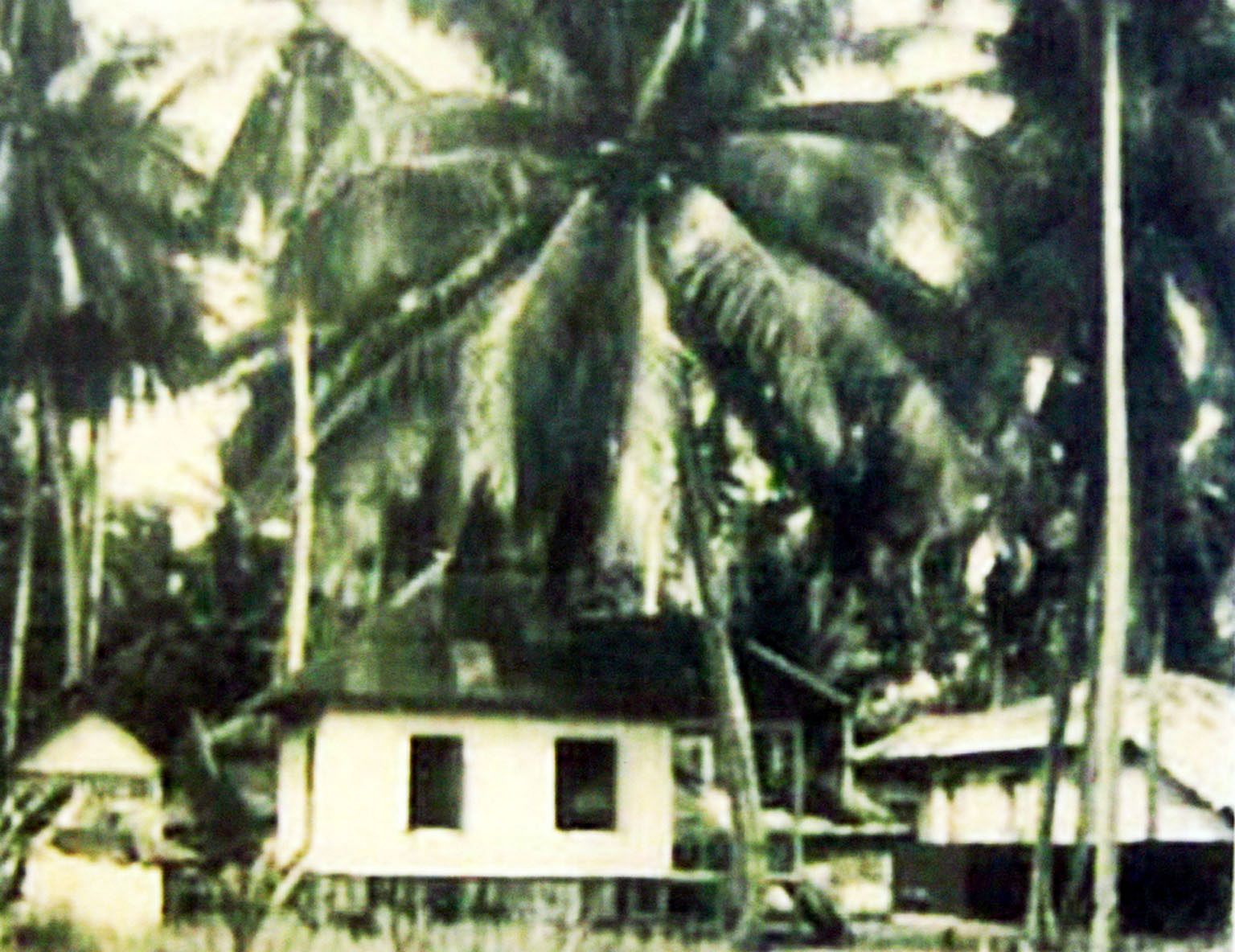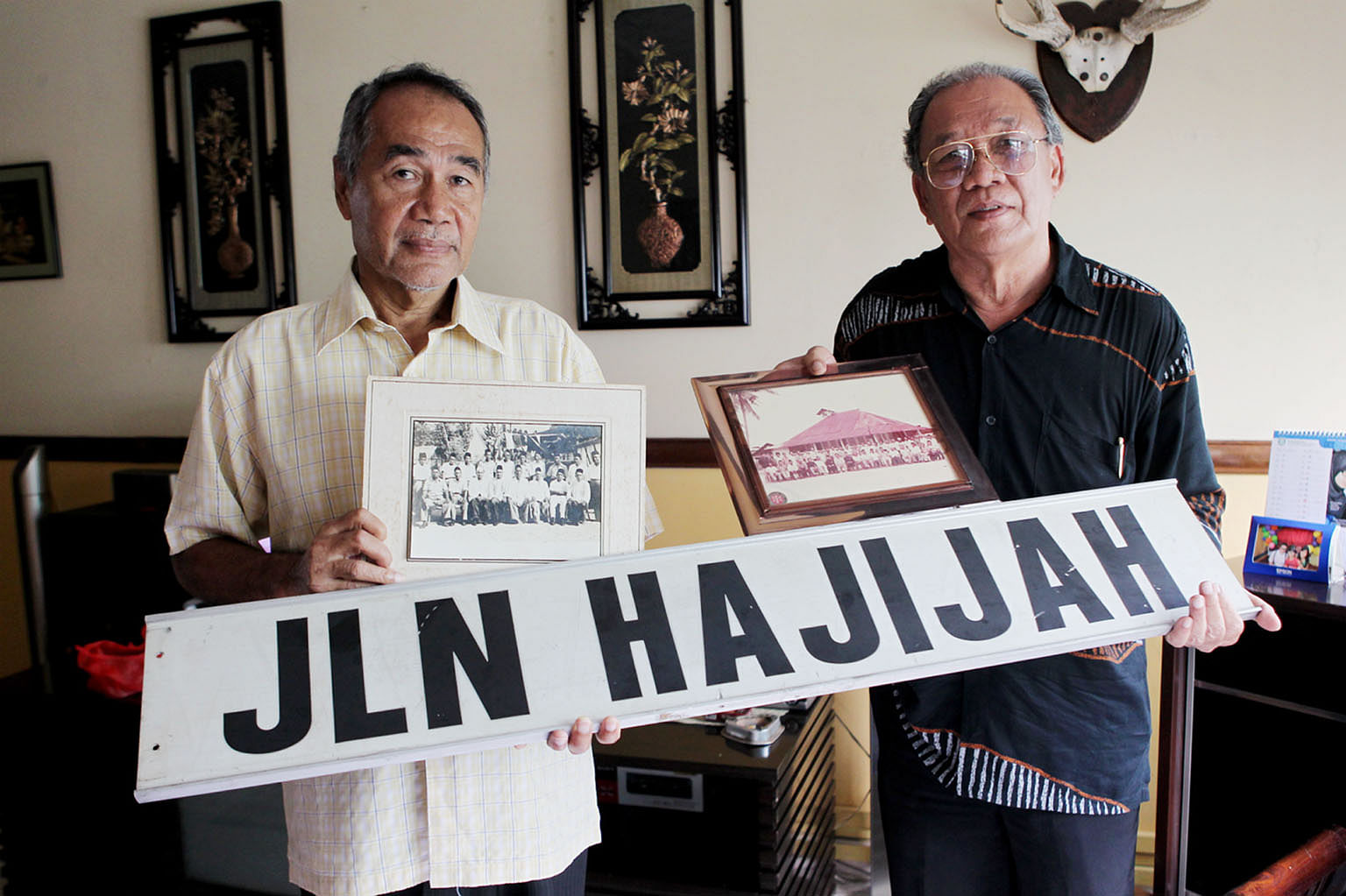Singapore's former master planner Liu Thai Ker made headlines recently when he said at a forum in China that he regretted not preserving one or two slums so that Singaporeans have an idea of where the country had come from.
Indeed, so little of the past has been preserved that it can be hard to keep in mind Singapore's rich history.
What has survived, though, is a tapestry of road and place names going back decades and even centuries, which serve to anchor the past in our ever-changing landscape.
In particular, many road names point to individuals and communities who helped shape Singapore, and whose stories are quietly embedded in our surroundings, awaiting our discovery.
In working on a feature published on Thursday about the lack of roads named after women, I came across Jalan Hajijah, which was named after the female founder of a kampung in Upper East Coast.
I am familiar with the area where the kampung used to be, which has since become the site of condominiums like Laguna Green and The Taipan. However, I have not heard of the kampung itself until now. Little remains after it was torn down in the 1980s - with the road name being one of the few reminders of its existence.
As a former British colony, Singapore is full of British road names - for instance, those based on places such as Bristol, or persons such as Alex Gentle, a coroner and president of the Municipal Commission - but there are signs of less-known communities, too.
At a talk last week on the Jewish community by Mrs Jean Marshall, widow of then Chief Minister David Marshall, I discovered that while the Jews may be a tiny community in Singapore, their footprint is big, and extends to the eastern part of the island where I grew up.
The signs - such as Frankel Avenue in Siglap and Elias Road in Pasir Ris - have been staring at me all this while.

Frankel is named after Abraham Frankel, a Jewish furniture business owner who moved to Singapore in 1878 from Russia, according to Singapore Street Names: A Study Of Toponymics. He later bought a coconut plantation in Siglap. Elias refers to Jewish brothers Joseph Aaron and Ezra, who hailed from a family of property brokers and speculators. Elias Road was originally the road leading to their bungalow in Pasir Ris.
And then there's the American presence in Balestier, which took its name from Joseph Balestier (1788-1858), the first United States consul in Singapore.
While pragmatism led the Singapore Government to remove slums, villages and old buildings in the name of development after Independence, pragmatism too, ironically, made them leave the names of roads here alone.
The majority of Singapore's roads and places were named during the colonial period, but there was no move to remove these names after 1965, unlike other post-colonial cities that have been only too eager to erase such signs of their colonised past.

Dr Victor Savage, a geographer and co-author of Singapore Street Names, said Singapore was the only one or one of the very few countries in the tropical world which had kept their colonial-era road names. "Most countries in Asia or Africa decided to vernacularise their names, even country names," he added.
One example is Myanmar, which was called Burma under the British; another is Vietnam, which changed the names of places, such as Saigon to Ho Chi Minh City.
While there were calls for road names here to be changed, the then Prime Minister, the late Mr Lee Kuan Yew, argued that colonisation was part of Singapore's legacy and nothing to be ashamed of.
Another practical consideration was that a sweeping change of road names was likely to disorientate vast numbers of people and cause inconvenience.
As the present-day Street and Building Names Board told The Straits Times: "The main objective of naming streets and buildings is to ensure that properties can be located quickly and efficiently by emergency and delivery services, taxi drivers and the public."
Thus, a hotchpotch of names from the colonial period - mainly those of important Caucasian and Asian men - have survived today.
There are only 40 or so "female" road or place names in a sea of at least 540 "male" ones, according to a count of entries in Singapore Street Names, and they are mainly the names of British royalty or wives or daughters of prominent men.
Individually, road names are keys to doorways that open to the past. Collectively, trends in road naming post-1965 tell us a lot about how the Government had envisaged the nation's identity.
While the Government did not overturn existing road names, it did try in the 1960s to turn away from adopting so-called snob names smacking of colonial times and to instead "situate Singapore in the Malayan context and build more links to the region", said Professor Brenda Yeoh of the NUS Geography Department, who is the other co-author of Singapore Street Names.
"This accounts for all the Jalans and Lorongs," she added.
Local names were given priority, with a greater use of Malay names "to signal Singapore's allegiance to the Malay as opposed to colonial world", according to rules laid out in 1967 to guide the then Street-Naming Advisory Committee.
There was resistance, though. Some preferred "nice-sounding" place names in English, the language of the colonial masters.
For instance, the roads in the Mount Sinai area, near Holland Road, used to be named in Malay after various types of cloth, such as Jalan Kain Telepok and Jalan Kain Limau, as Singapore Street Names notes. But in 1968, residents complained that the names were hard to remember and petitioned for them to be changed. They were later named after Mount Sinai.
In the same year, the emphasis swung from Malay road names to those that reflected Singapore's multiracial character, according to The Politics Of Landscapes In Singapore: Construction Of "Nations" by geographers Lily Kong and Brenda Yeoh.
For instance, Singapore's other languages were called into service for the naming of some 30 roads in the new Jurong industrial estate in 1968. So there were Neythal Road (to weave as clothes, in Tamil), Fan Yoong Road (prosperity, in Mandarin) and Jalan Tukang (skilled craftsman, in Malay).
The fascinating stories behind road names underline how much can be read from the road signs around us.
The next time you take a stroll around your area, take time to smell the hibiscus - and perhaps see a vanished world in a road sign.

